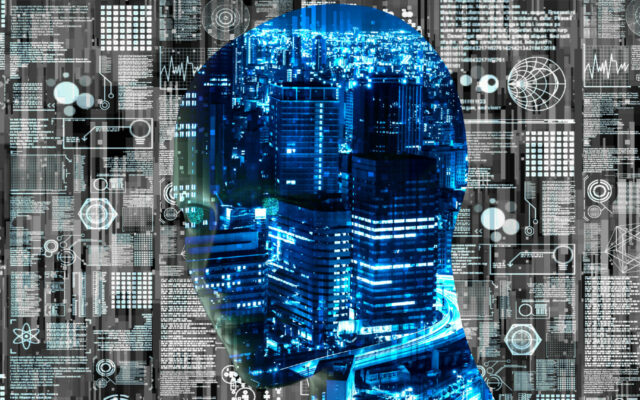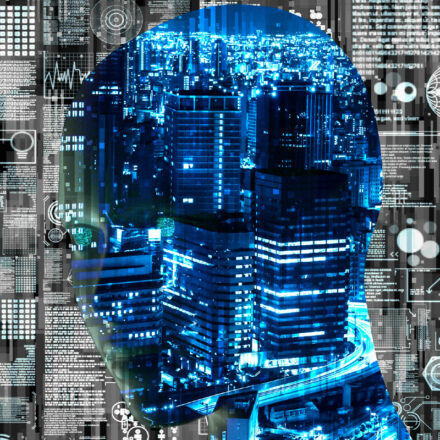The rapid rise of generative AI (GenAI) is transforming the landscape for security teams, offering advancements in productivity and accuracy, while also helping to protect IT environments with greater sophistication and scale. However, organizations must also be prepared for potential impacts resulting from the expanding use of GenAI in the enterprise. GenAI represents the next technology advancement that will present both a challenge and solutions for cybersecurity.
A recent report by Gartner®, 4 Ways Generative AI Will Impact CISOs and Their Teams, emphasizes the challenges posed by unmanaged GenAI usage, which introduces new attack surfaces and risks for security teams. Unmanaged use of GenAI in enterprise applications poses immediate risks, including sensitive data exposure, copyright violations and biased or incorrect responses, all leading to potential brand damage. Despite these risks, employees and organizations are eager to leverage GenAI for daily tasks, often moving out before strong security governance is in place in order to meet business objectives.
To mitigate these challenges, Gartner® suggests that security leaders implement strategies for better control over GenAI consumption by their organizations. This includes establishing a governance entity and workflow, monitoring and blocking access, communicating acceptable use policies, exploring prompt engineering and API integrations and prioritizing private hosting options.
As GenAI gains widespread adoption, security leaders must also anticipate malicious actors exploiting it. Gartner® notes the uncertainty surrounding the full impact of adversarial GenAI use but highlights potential benefits for attackers, ranging from upskilling and automating attacks to creating more believable lures and realistic deepfakes.
But malicious actors aren’t just using GenAI to enhance their attacks. GenAI systems themselves can also be targets for adversarial attacks, and their functionality can be used maliciously if not appropriately secured. Properly securing these environments begins by implementing trusted devices and trusted infrastructure that have strong access control measures to prevent unauthorized access and the potential misuse of the system. Additionally, because GenAI systems rely on vast amounts of data for learning and decision making, ensuring the privacy and integrity of this data is crucial. In order to ensure the security of the data, capabilities such as data classification, encryption, secure data storage, data protection and transmission techniques need to be in place.
There are, however, many reasons to be optimistic about the future. GenAI is also a key ally in our fight against cyberattacks, opening novel avenues to protect businesses in an ever-evolving threat landscape. This value will be in applications, including improving threat detection and response, predicting future threats, automating threat detection, facilitating forensic analysis, delivering personalized security awareness training and scaling security operations. Overall, GenAI will help companies to not only increase efficiency, but also to help augment the security skills gap by freeing up human security personnel to focus on more strategic and complex tasks.
To harness the benefits of GenAI, security teams must remain vigilant, adapt to emerging threat vectors, invest in adaptive behavioral and machine learning defenses and monitor GenAI’s impact on the evolving attacker landscape. Addressing blind spots, reducing fraud risks and integrating GenAI into training programs are essential measures to stay ahead of cyber threats.
GenAI represents a dual-edged sword for cybersecurity. While it necessitates a reevaluation of cybersecurity strategies to protect large language models, it also promises enhanced threat detection, predictive capabilities and operational efficiency. The key lies in utilizing its benefits while proactively addressing the risks through robust security measures, continuous monitoring, regular updates and patching and a dynamic approach to data privacy and ethics. As we step into the GenAI era, the symbiotic relationship between AI and cybersecurity will continue to evolve, demanding a proactive and adaptive approach to safeguarding digital landscapes.
Read the full Gartner® report and learn more about how Dell Technologies views the intersection of GenAI and cybersecurity.
Gartner, 4 Ways Generative AI Will Impact CISOs and Their Teams. By By Jeremy D’Hoinne, Avivah Litan, Peter Firstbrook, 29 June 2023.
GARTNER is a registered trademark and service mark of Gartner, Inc. and/or its affiliates in the U.S. and internationally and is used herein with permission. All rights reserved.
Gartner does not endorse any vendor, product or service depicted in its research publications and does not advise technology users to select only those vendors with the highest ratings or other designation. Gartner research publications consist of the opinions of Gartner’s Research & Advisory organization and should not be construed as statements of fact. Gartner disclaims all warranties, expressed or implied, with respect to this research, including any warranties of merchantability or fitness for a particular purpose.


